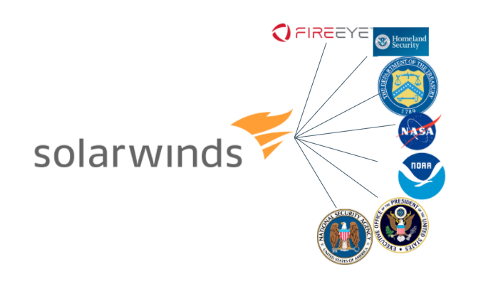Casa Verde Capital, the investment fund co-founded by cannabis connoisseur Snoop Dogg (also known as Calvin Broadus), has closed on $100 million for its second investment fund, according to documents filed with the SEC.
The fund, whose managing director, Karan Wadhera declined to comment for this article, has managed to raise more cash just as the market for cannabis-related products seems poised for another period of expansion.
“What happened to the public perception of the cannabis industry is not too dissimilar to the dotcom bubble of the late ’90s, where there was a lot of hype — a lot of it driven by public companies — and a lot of speculative trading and valuations that weren’t really founded in reality. [We’re talking about] projections multiple years out into the future, and then crazy revenue multiples on top of that,” Wadhera said of the last bust when he spoke to TechCrunch in July. “Things just got really frothy, and that eventually burst, and last April or May was sort of the apex of that moment. It’s when things started to trade off. And it’s been those names, the public names in particular, that have been hit particularly hard.”
Since then, the industry has come roaring back.
“Sitting here today, four-plus months into COVID, cannabis has really proved itself to be a non-cyclical industry. Cannabis has been deemed an essential business everywhere across the U.S. We had record sales in March, April and May, and the trend has continued,” Wadhera said in July. “And now that we are getting into an environment where governments are going to be looking for additional sources of tax revenue, the potential urgency around cannabis legalization is going to be there, which is going to be massively positive for the industry.”
There’s no indication of the target for the new venture capital fund, but with the new fundraising, Casa Verde more than doubles the size of its initial investment vehicle.
Since Broadus, Wadhera and a third partner and the founder of Cashmere Agency and Stampede Management Ted Chung launched their debut fund in 2018, weed businesses have endured a roller-coaster business cycle of boom and bust.
In spite of those market vagaries, Casa Verde has managed to build a portfolio that is now worth at least $200 million, according to people with knowledge of the firm. That money has come through several special purpose vehicles and other fundraising mechanisms raised alongside the flagship fund.
The overall market for cannabis and cannabinoid derivatives is expected to hit $34 billion by 2025 according to an analyst report seen by TechCrunch from the investment bank Cowen.
With Arizona, Montana, New Jersey, and South Dakota all passing adult-use cannabis legalization measures in their states, the investment bank predicted roughly 30 percent growth to their total addressable market estimates.
For its part, Casa Verde has always taken a broad view on the potential addressable market that cannabis and its chemical compounds could capture.
Nowhere is that more on view than in the firm’s latest investment in the sleep company, Proper.
“[Cannabis] is an input as well and its use case will go beyond how people think of cannabis stigmatically,” Wadhera said. “At its core, [Proper] is a company that’s helping us target this sleep epidemic. We think CBD and cannabis at large can play a big role in addressing that in a way that traditional products haven’t been able to.”
And what’s true for sleep is true for a number of other different applications as well, Wadhera has said in the past.
Casa Verde has already invested heavily across the pure-play opportunities in cannabis, with investments spanning delivery, supply chain logistics, brands, and retail.
But the health benefits that cannabinoids could have for all kinds of ailments open up a much larger market — as do the broad consumer opportunities should Congress accede to the wishes of more than 60 percent of the American electorate and legalize recreational cannabis use nationally.
And, as Wadhera told us in July, a Biden administration presents a potentially much more positive regulatory environment for the industry than the previous Trump administration did.
“I think Biden will be very helpful. He has laid out many of the things that he wants, and [while] he isn’t taking it as far as full-scale legalization, he’s certainly in favor of full-scale decriminalization, [meaning] letting states have full authority over what happens with their businesses, and also the rescheduling of cannabis down from the current Schedule 1 level,” Wadhera had said. “So all of that will be incredibly helpful and will bring a lot more players who will feel comfortable investing in the space and, potentially, acquiring some of these businesses, too.”


